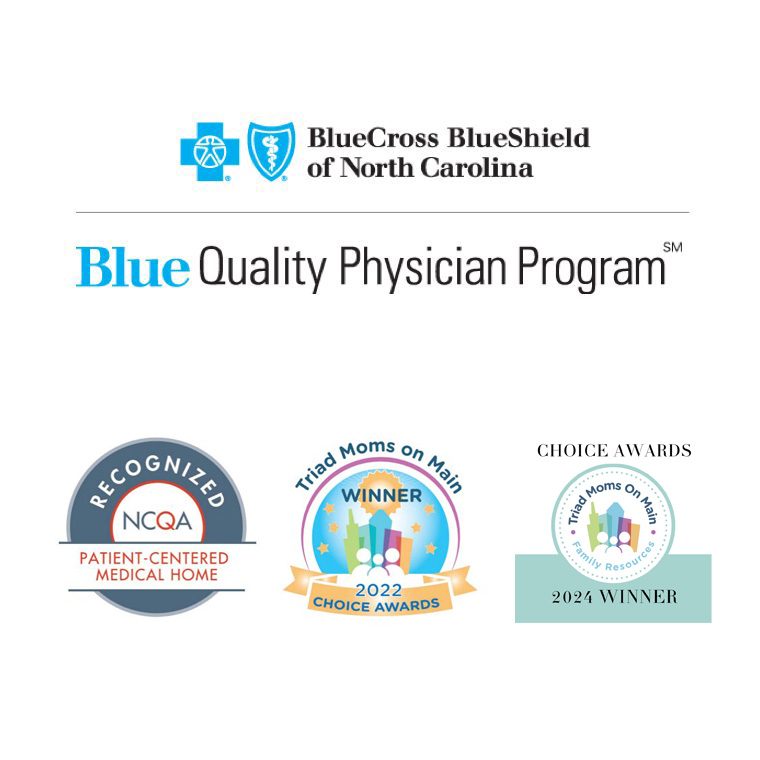Sexually transmitted infections are passed from one person to another through sexual contact
Anyone who is sexually active can get an STI because you can get an STI by having vaginal, anal or oral sex with someone who has an STI. You don’t even have to “go all the way” (have anal or vaginal sex) to get an STI because some STIs, like herpes and HPV, are spread by skin-to-skin contact.
STIs include chlamydia, gonorrhea, genital herpes, human papillomavirus (HPV), syphilis, and HIV.
Many of these STIs do not show symptoms for a long time. Even without symptoms, they can still be harmful and passed on during sex. The only way to know if you have an STI is to be tested. If you’re sexually active be sure to request testing at your next visit or call the office if you have a more immediate concern for exposure to a sexually transmitted infection.
The most reliable way to avoid infection is to not have sex (i.e., anal, vaginal or oral)
You can also protect yourself by having appropriate vaccinations against hepatitis B and the human papilloma virus (HPV). Using condoms can reduce, although not eliminate, your risk for sexually transmitted infection. Reducing your number of sex partners also reduces your risk for STIs, and it is important that you and your partner(s) get tested, and that you share your test results with one another.


